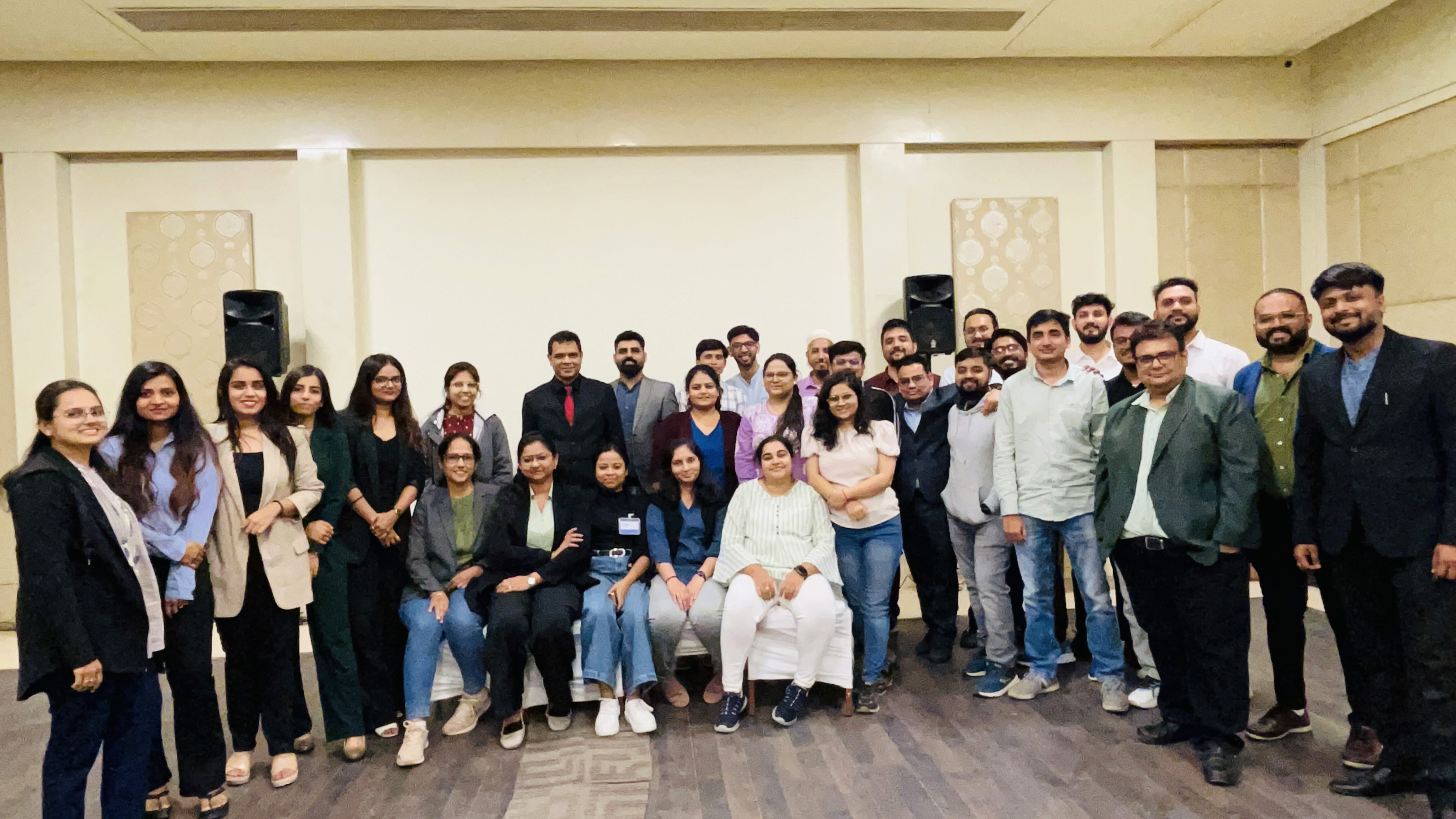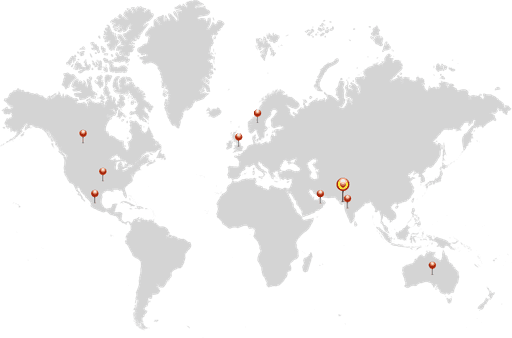Thousands of new software products are launched yearly, but their success depends on numerous aspects. A good product engineering mindset is one of the requirements.
Product engineering is a part of product development involving innovating, designing, testing, and deploying a software product. It ensures businesses get the maximum value out of a new product throughout its lifecycle.
A product engineer's role is not merely to produce the finished product but also to ensure that the product is appropriately functional and meets the demands of the end users. Additionally, they examine what is trending and in demand in the industry and the market. Finally, they also look upon the financial aspect of product development, like analyzing the finance required for the complete product development process, its viability, and its return on investment (ROI).
After launching the product, they must ensure it will survive in the real world. Following are the product specifications that they are responsible for:
Product Quality
Product Durability
Product Functionality
Product Usability
Product Validation
Product Compliance
To succeed in the competitive market, businesses must update themselves with new technologies and deliver best-in-class user experiences. In addition, they require cutting-edge product engineering solutions and services covering the product life cycle.
Benefits of Product Engineering
In today's highly competitive world, businesses must produce high-quality products while controlling operational costs and risks. As a result, companies constantly struggle to meet customer expectations while maintaining and developing their product quality.
The traditional product development process includes three teams working at different product lifecycle phases. A team that develops the product, another that tests it, and one that maintains it. This comes with its challenges:
Negligible cooperation between developers, test engineers, and maintenance team
High chances of errors due to insufficient product testing
Lack of feedback
Lack of transparency
Late updates and bug fixes
Promact believes using DevOps practices for product engineering can bring significant benefits by allowing teams to develop and deliver products faster and with greater quality.
Advantages of using DevOps in Product Engineering:
1. Faster Time-to-Market: DevOps helps product engineering teams deliver products to market faster by automating key processes and streamlining workflows.
2. Improved Collaboration: DevOps fosters collaboration between development and operations teams, allowing teams to work together more effectively and efficiently.
3. Increased Product Quality: DevOps helps improve product quality by automating key processes, reducing the risk of human error, and allowing teams to catch and fix issues before they reach the end-users.
4. Continuous Improvement: DevOps encourages continuous improvement by encouraging teams to experiment and iterate, helping organizations stay ahead of the competition.
The following are the benefits of product engineering:
Gain competitive strength
With the help of product engineering, a company can identify its significant strengths, consumer behavior patterns, and how to adjust to the new technologies to provide customers with the best final product possible. As a result, businesses may set themselves apart from the competition by providing high-quality goods that satisfy consumer demands. As a result, they can increase their market share and draw in more clients.
Cost-effective
With product engineering, businesses can ensure that the product is high-quality and efficient before distribution through quality testing. This might avoid costly recalls and repairs. Long-term, this can help save a lot of money.
Helps in providing consistent and effective end-to-end service
Product engineering helps understand in-depth insights about the product's potential return on investment and optimizes frameworks to meet end users' expectations. The pre-planned framework reduces the time spent developing a product so businesses can focus more on its testing and quality.
Provides a quality product
Managers can manage a product's quality lifecycle, design, and production effectiveness through product engineering solutions. This way, they can provide a high-quality and ideal product to the end users.
Faster product development
Companies may reduce time to market and accelerate backend software development by adopting product engineering techniques. This is because product engineering focuses on the perfect planning for developing any product.
Provides reliable Product Support
Product engineering assists in managing client interactions and plays a significant role in gathering feedback on the product developed to use it for improving its performance. In addition, it provides dedicated support and maintenance for the product.
Phases of Product Engineering
The following are the phases of product engineering:
Ideation of product
At this point, the project engineering life cycle begins by developing a concept into a successful operational product. Then, experts in the field and market researchers evaluate the concept to decide whether it should be pursued and what risks are involved.
Product requirement analyses
At this stage, the product engineering team analyzes the project's requirements, goals, and specifications and evaluates it to determine if it can fit the demands of the end users.
Design and development
The next phase is to develop the product. This requires technical, management, and fundamental development skills. First, the product managers/owners, designers, and architects work with the development team to guide what needs to be built. Then they work together to develop the product based on the designs and specifications finalized within the first two phases. The development team needs to use tried-and-true approaches and procedures to guarantee product quality and on-time delivery.
Testing
At this stage, the team tests the product after its development and checks whether it satisfies all the criteria. Quality assurance operations are crucial to building and preparing a fantastic product for the market. In this phase, the product undergoes rigorous quality inspections to confirm that it has been developed following design specifications, has high usability, and can satisfy the customer's requirements.
At this stage, customer feedback can also play a part in ensuring that the product is perfect for the end users and per their demands.
Product Deployment
After the product development, the product engineers check the market to get user reviews and watch out for changing consumer preferences. The product is then improved or refined, and newer versions are released onto the market.
The development teams must concentrate on continuous integration and delivery techniques to provide reliable, timely updates.
Technical Support
In this phase, the product engineers work on the feedback and respond to client inquiries and assist them in troubleshooting services while using the product. This is important as it addresses the persistent problems identified with the product or its use. And the product can then be modified accordingly.
Conclusion
In conclusion, the future of product engineering is bright and constantly evolving. With advancements in technology and increasing demand for innovative products, the role of product engineers will continue to be crucial in driving the success of businesses. Furthermore, as companies strive to meet customers' changing needs, product engineers will play a key role in developing solutions that are functional, user-friendly, and designed with the end user in mind. As a result, the demand for skilled product engineers will likely increase in the coming years, and those with a strong foundation in both technical and creative skills will be well-positioned to succeed in this field.
Our team of professionals ensures consistency in the processes we follow and can assist you in speeding up and reducing redundancy with the help of their product engineering skills. As an organization, we rely heavily on automated deployments, making the development processes faster and error-free.
Reach out to learn more about how we can help you with product support and help you get the most out of the processes.

We are a family of Promactians
We are an excellence-driven company passionate about technology where people love what they do.
Get opportunities to co-create, connect and celebrate!
Vadodara
Headquarter
B-301, Monalisa Business Center, Manjalpur, Vadodara, Gujarat, India - 390011
Ahmedabad
West Gate, B-1802, Besides YMCA Club Road, SG Highway, Ahmedabad, Gujarat, India - 380015
Pune
46 Downtown, 805+806, Pashan-Sus Link Road, Near Audi Showroom, Baner, Pune, Maharashtra, India - 411045.
USA
4056, 1207 Delaware Ave, Wilmington, DE, United States America, US, 19806

Copyright ⓒ Promact Infotech Pvt. Ltd. All Rights Reserved

We are a family of Promactians
We are an excellence-driven company passionate about technology where people love what they do.
Get opportunities to co-create, connect and celebrate!
Vadodara
Headquarter
B-301, Monalisa Business Center, Manjalpur, Vadodara, Gujarat, India - 390011
Ahmedabad
West Gate, B-1802, Besides YMCA Club Road, SG Highway, Ahmedabad, Gujarat, India - 380015
Pune
46 Downtown, 805+806, Pashan-Sus Link Road, Near Audi Showroom, Baner, Pune, Maharashtra, India - 411045.
USA
4056, 1207 Delaware Ave, Wilmington, DE, United States America, US, 19806

Copyright ⓒ Promact Infotech Pvt. Ltd. All Rights Reserved
